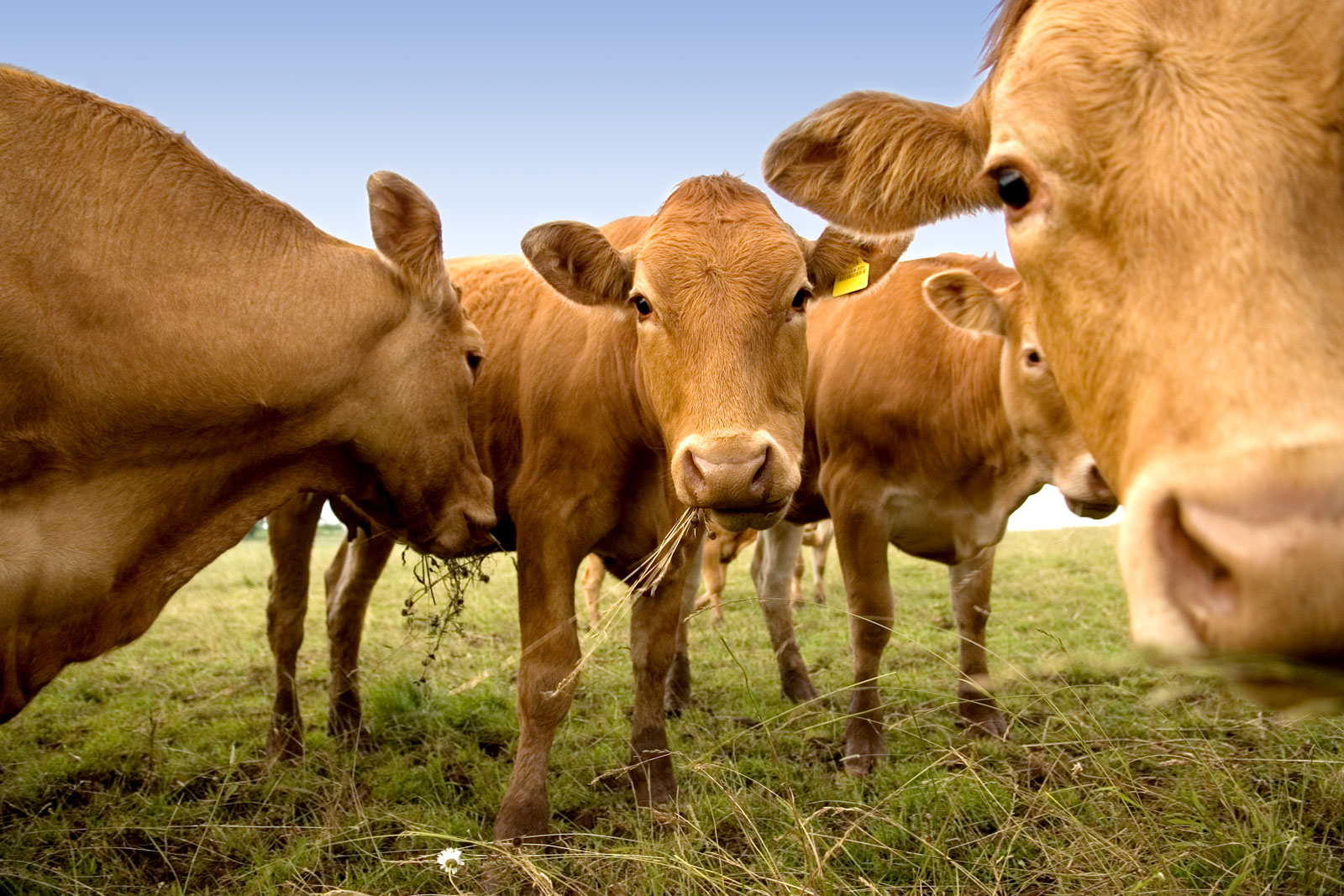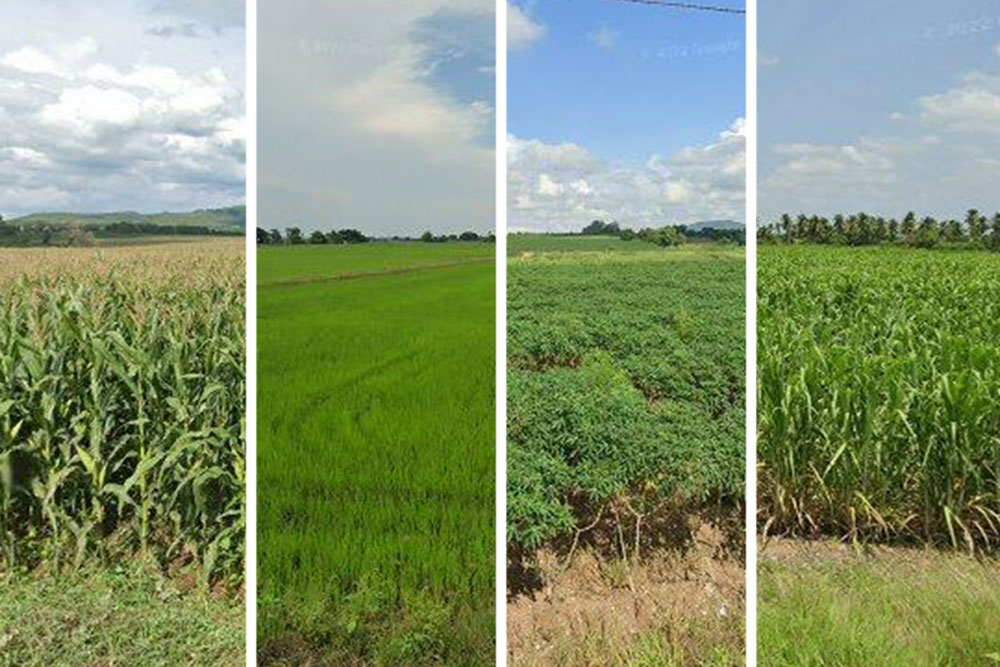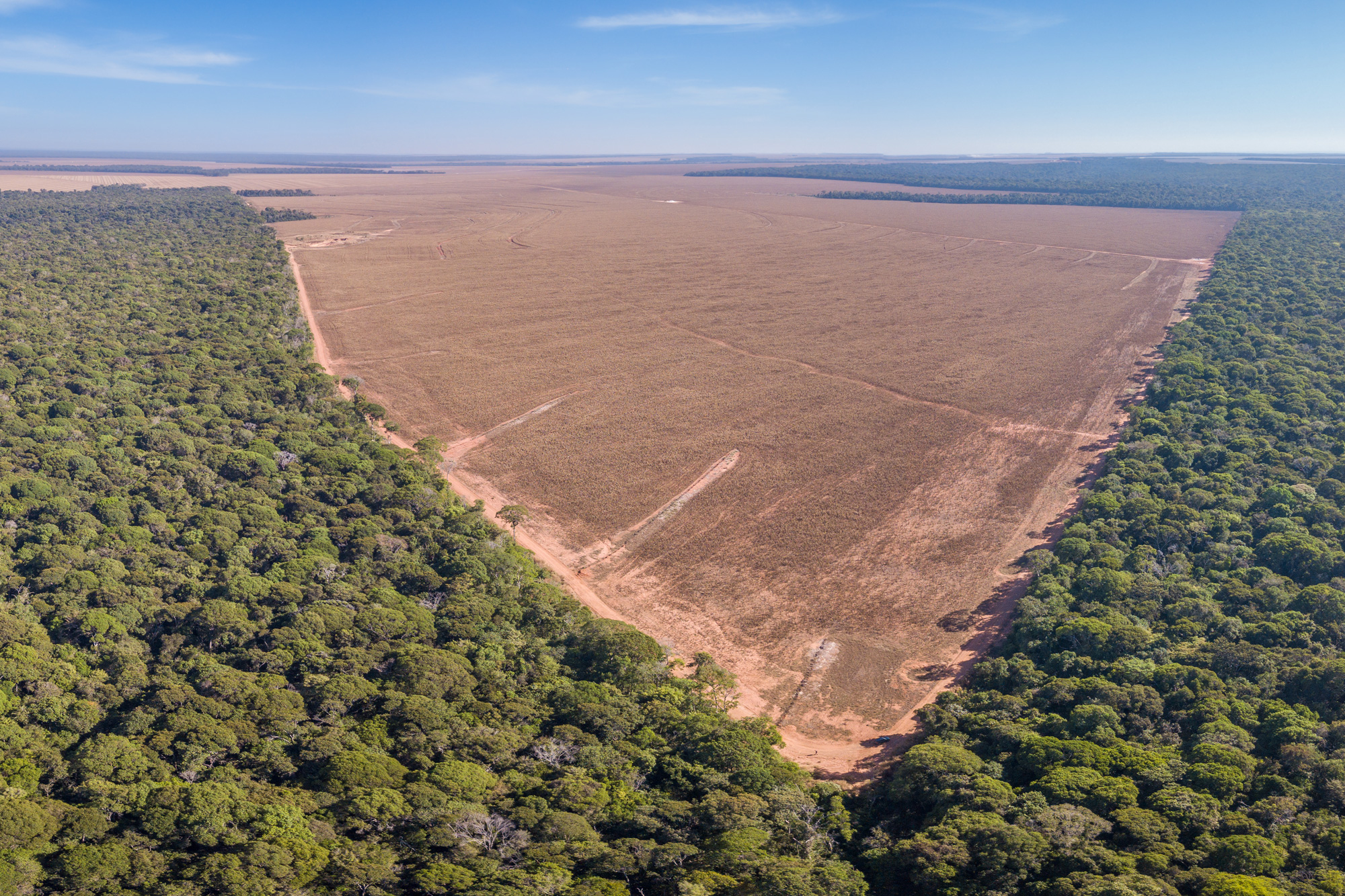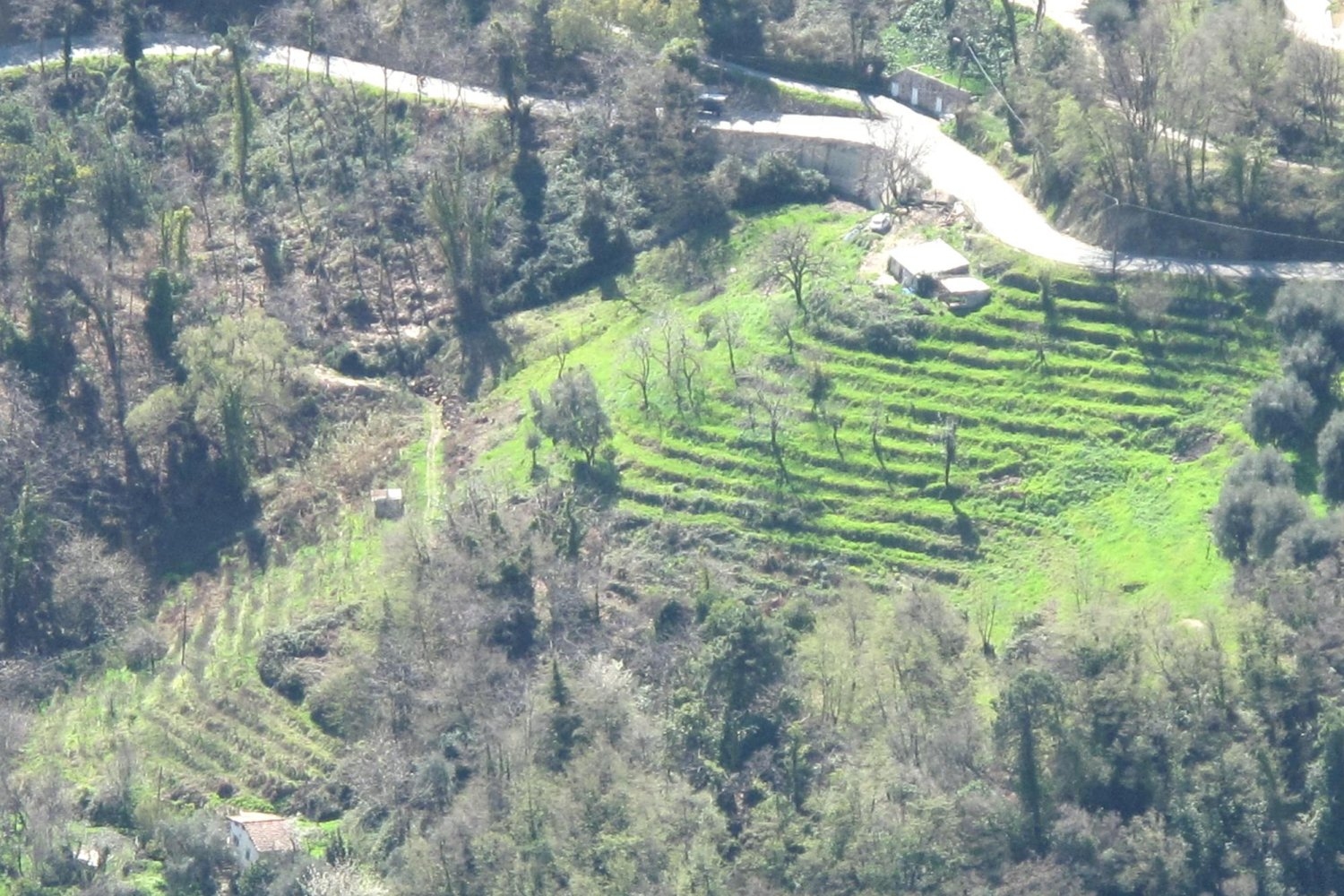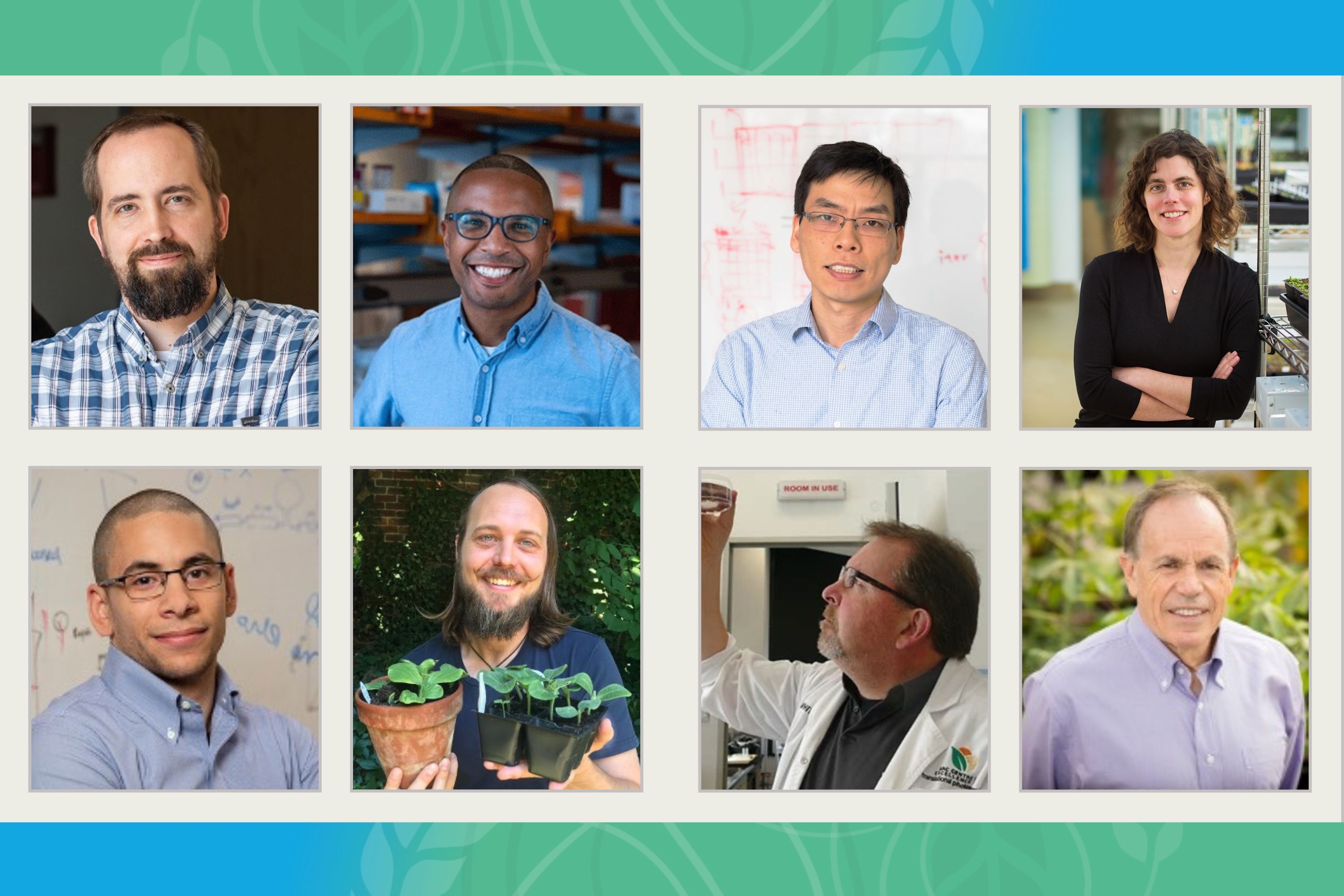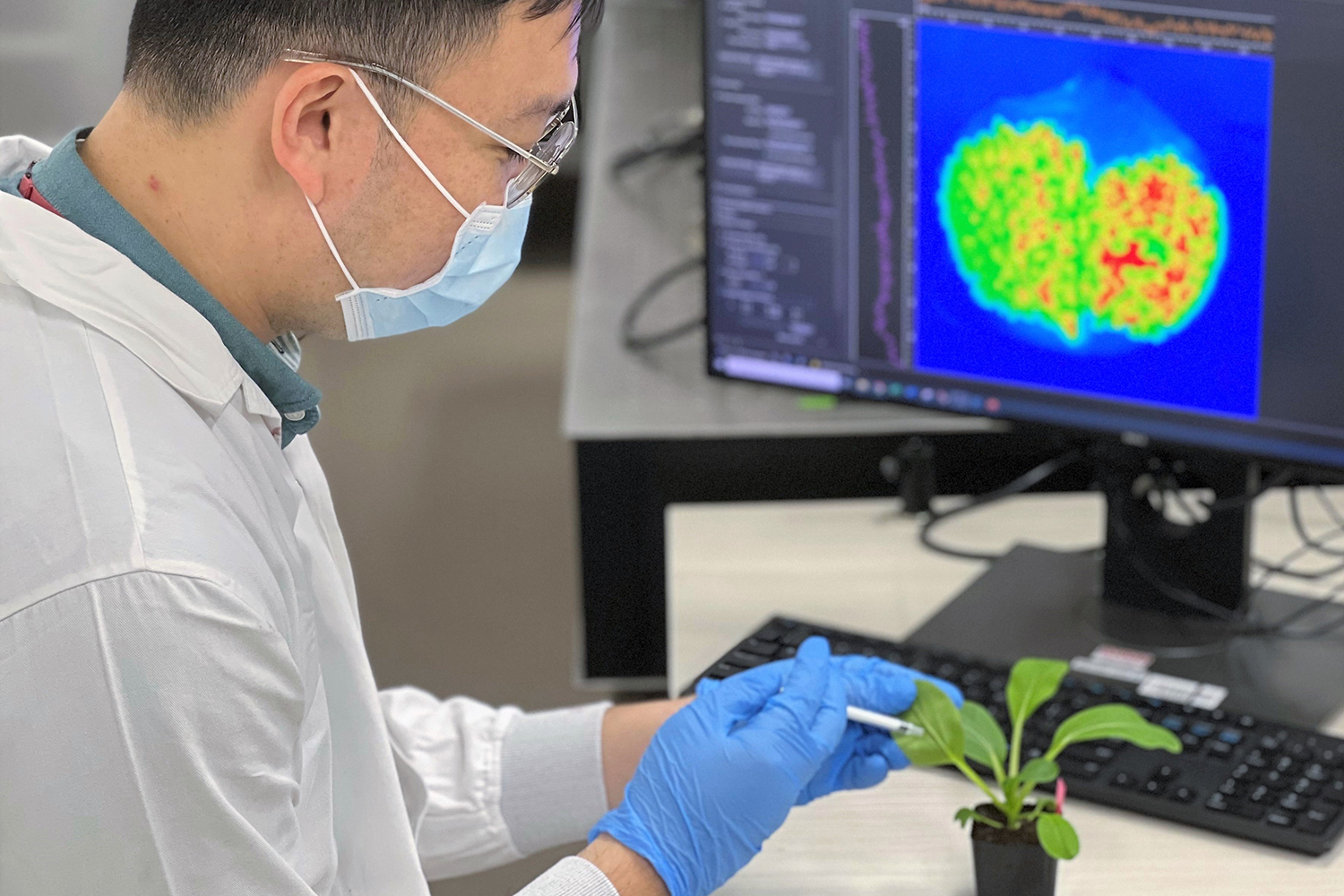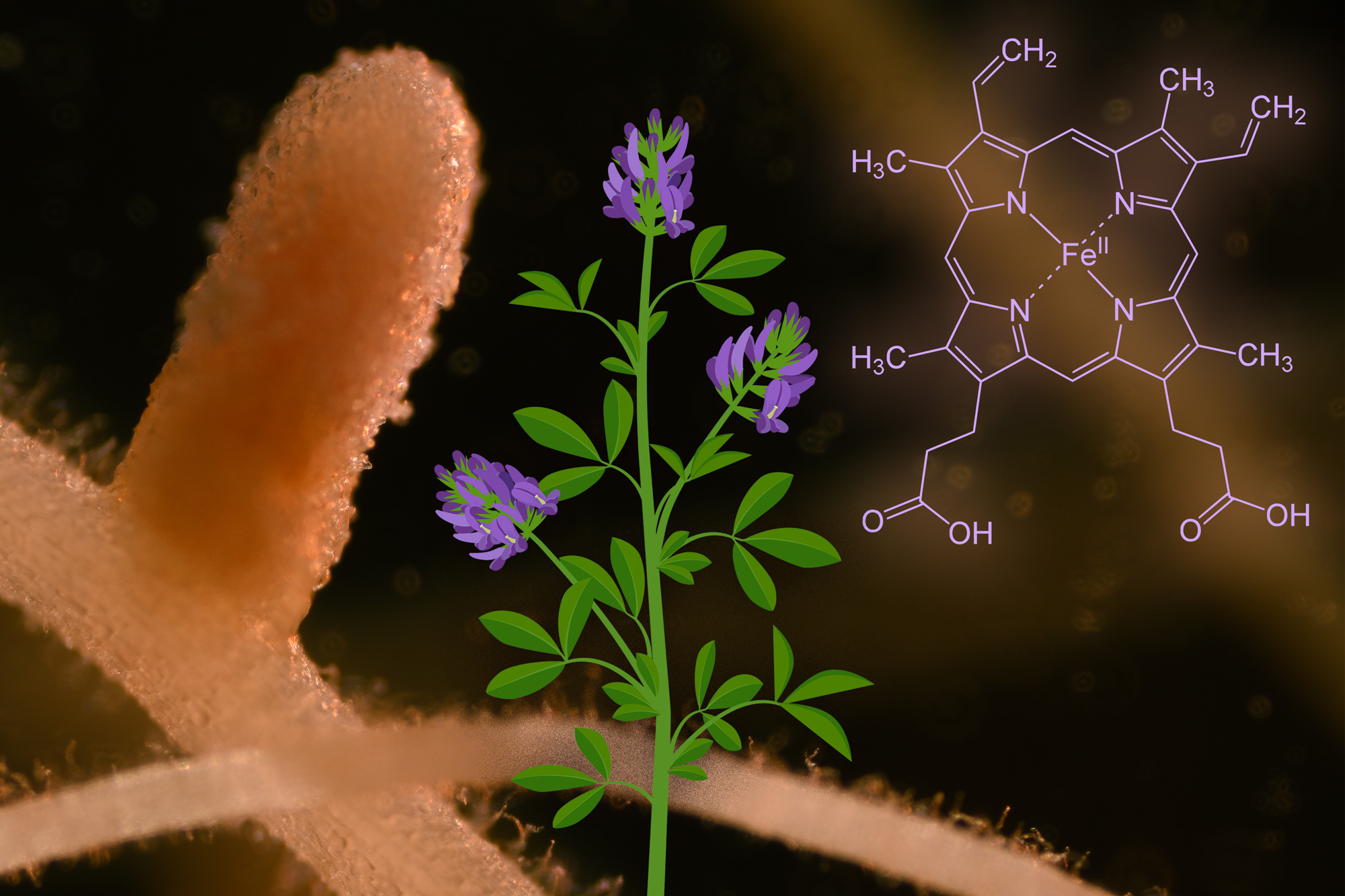3 Questions: Can disused croplands help mitigate climate change?
Assistant Professor César Terrer and recent visiting student Stephen Bell describe how agricultural lands that are no longer productive could play an important role in carbon sequestration.
Department of Civil and Environmental Engineering •
mit
May 19, 2023 • ~8 min
May 19, 2023 • ~8 min
J-WAFS announces 2023 seed grant recipients
Fifteen principal investigators from across MIT will conduct early work to solve issues ranging from water contamination to aquaculture monitoring and management.
Maria Paula Acosta Bello | Abdul Latif Jameel World Water and Food Systems Lab •
mit
May 17, 2023 • ~19 min
May 17, 2023 • ~19 min
Inaugural J-WAFS Grand Challenge aims to develop enhanced crop variants and move them from lab to land
Matt Shoulders will lead an interdisciplinary team to improve RuBisCO — the photosynthesis enzyme thought to be the holy grail for improving agricultural yield.
Carolyn Blais | Abdul Latif Jameel Water and Food Systems Lab •
mit
May 10, 2023 • ~14 min
May 10, 2023 • ~14 min
/
5

